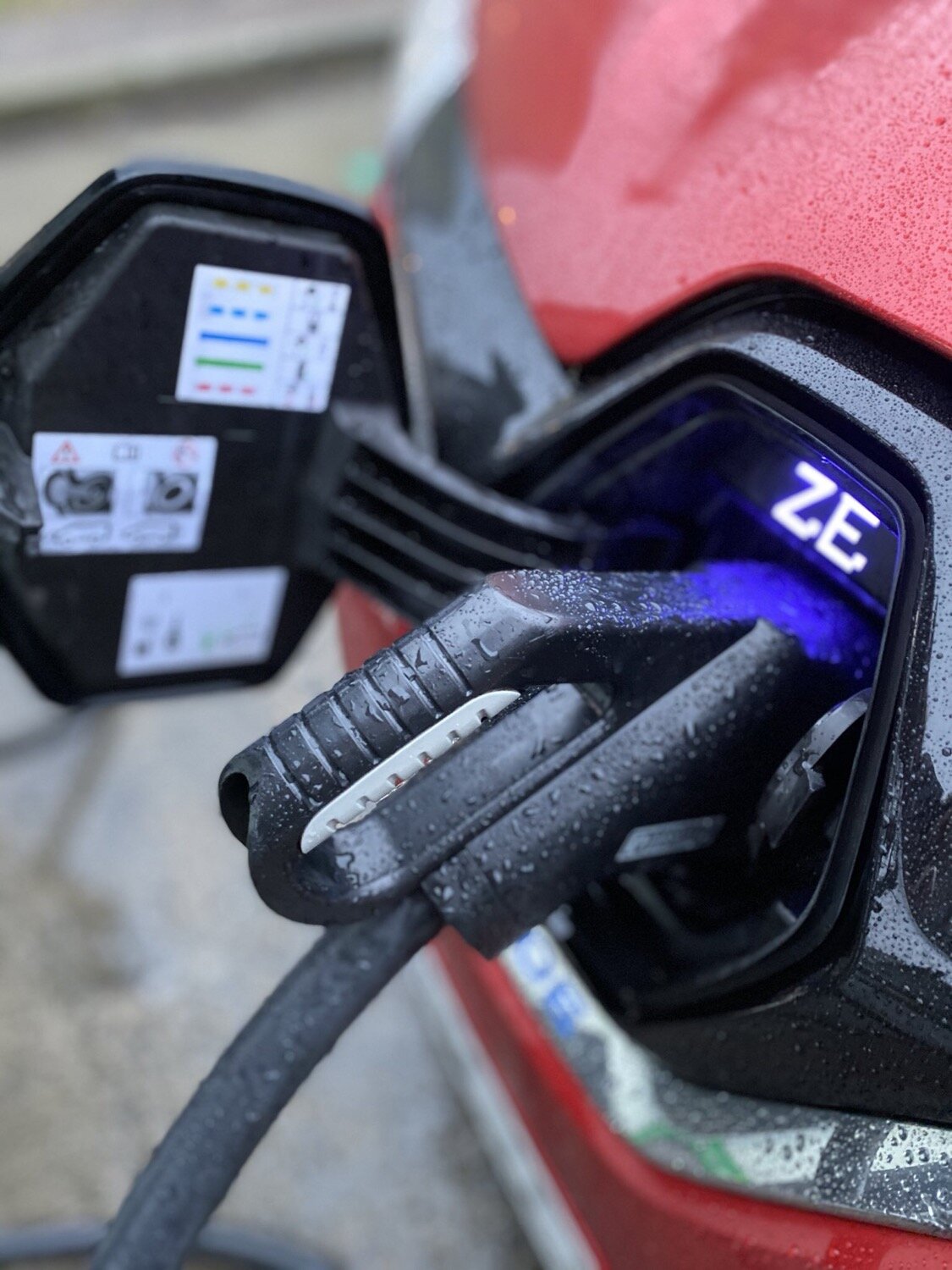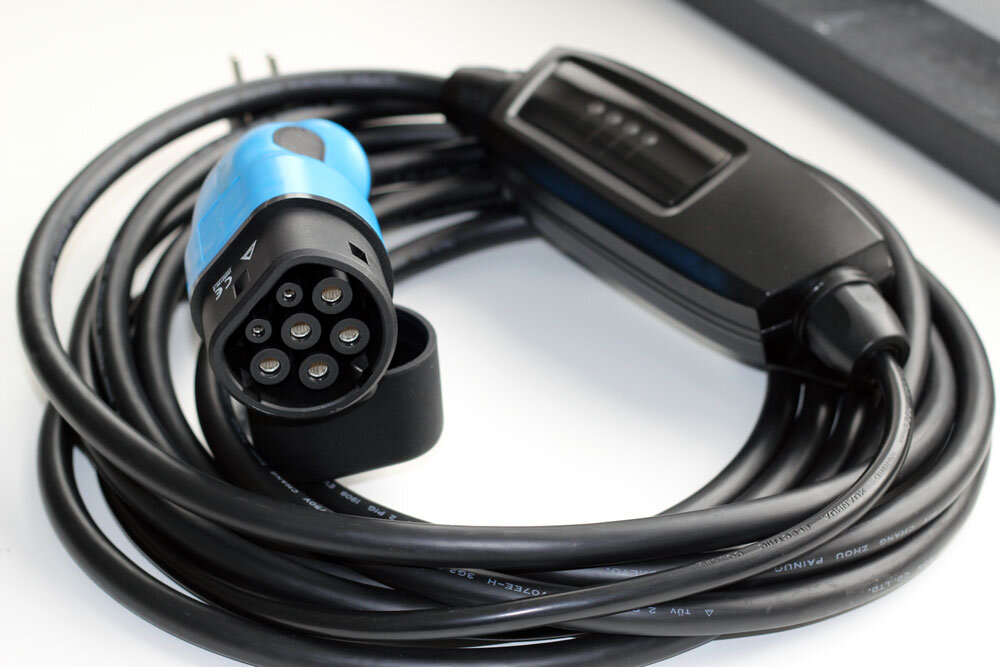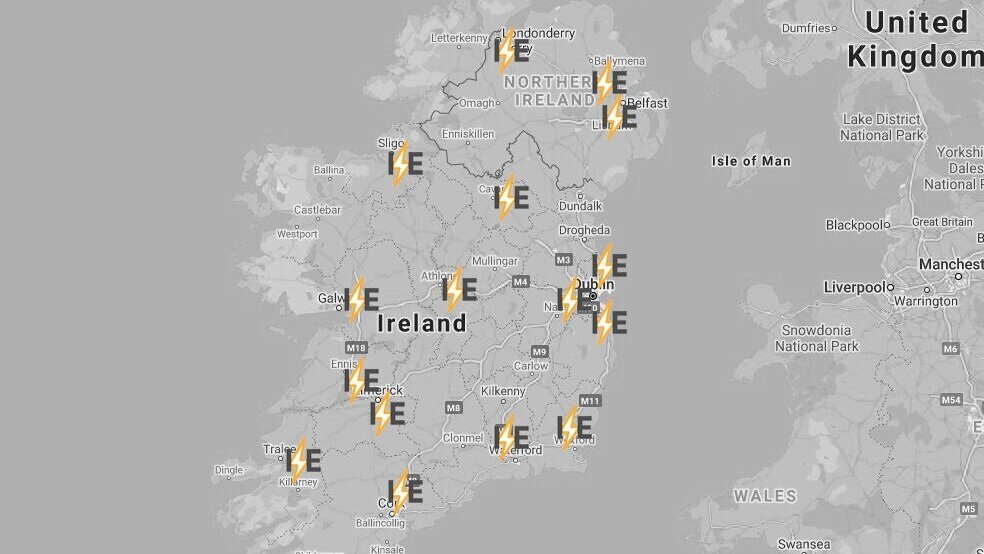
Guide To… Charging
Charging your electric car is very similar to filling a petrol or diesel vehicle with fuel. The car has a flap covering a charging point, much like your current petrol cap – although in some EV models this might be placed on the nose rather than on the side.
Most often your electric car will be charged at home, particularly over night while electricity tariffs are lower and the demand on the grid is at a minimum. This will mean you’ll wake up to a fully charged car that could cost as little as €4.70 to fill from empty.
The best approach to charging at home in long term is to have a home charging unit installed – which can cost as little as €1,049 including installation. This will not only deliver faster charging but also make the process easier, as these outdoor units will avoid the need to plug your car indoors, keeping the cables tidy and out of the way.
Did you know: Fully charging your car could cost as little as €4.70 to fill from empty
You may have heard that charging an electric car takes a long time. Compared to a petrol or diesel car, this may be true – but then you can’t fill your car with petrol at home, and most of the time your vehicle is sat idle at home or at work.
Much like your mobile phone, your car will charge to 80% faster than it will the final 20%. If you use a fast- or super-charger while out and about, this can take as little as 40 minutes. Using a standard household plug socket this can take up to 8 hours, but this will most commonly be overnight while you’re not using the car, and charging over a longer period puts less strain on the batteries meaning they’ll last longer.
On that note, most manufacturers will offer a guarantee on your battery – typically between 8 and 10 years – which is the typically lifetime of a petrol or diesel car today. If one of the batteries starts to fade, it is very easy to replace and those that are removed can be recycled and used to store renewable energy.
For more information on electric car batteries, see our Guides to… EV Batteries.
When charging at a public facility, there are two common types of charger to consider:
CCS – Rapid charge
These connectors have the ability to charge your car at either fast or slow speeds, depending on your preference. These are often known as CCS (combined charging system). These can currently deliver up to 350 kilowatts.
CCS connectors can add up to approx 75 miles of range per hour of charging - although this is rising all the time with upgrades in software and infrastructure
Type 1 & Type 2 – Slower charging
This will typically be the connector you will also use at home. It reduces the speed of charging, but will help add longevity to the battery, and is often cheaper to use in public.
Type 1 connectors can add up to approx 25-45 miles or range per hour of charging, with Type 2 chargers offering a little more mileage per hour of charging
We are also starting to see great innovation in the availability of public charging points in urban areas, including plugs build into lamp posts, charging bollards that can rise from the pavement, and induction mats that you can park on top of and which charge your car wirelessly.
To find out where your nearest public charge points are, visit the excellent Zap Map.
Here’s an example of the number of chargers available across Ireland today
Don’t forget that every home also counts as an EV charger
What To Read Next
How Many EV Chargers Does Ireland Need?
We assess how many EV chargers Ireland actually needs, and why we should focus our investment on future-proofing the charging infrastructure, rather than just focusing on increasing the volume of those available
Guide To EV Grants
Find out more about the subsidies available in Ireland to make EV adoption easy & affordable






